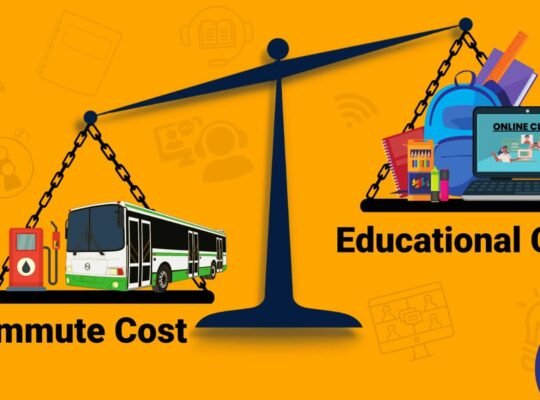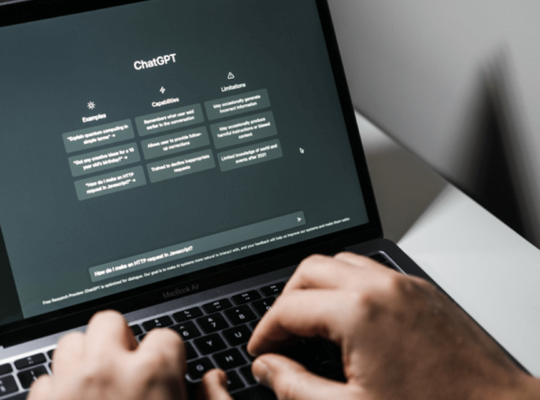Picture yourself as a wizard in training, facing the daunting task of defeating a mysterious amorphous monster looming larger and larger on the ghoulish horizon of an inhospitable land — riddled with hobgoblins, trolls, ogres, and whatnot from the ancient worlds. Don’t worry it’s a mock battle formation.
You are armed with a powerful magic wand; however, you can’t make an impact with it because you don’t know the right spells, so to speak.
While you are trying to say your spells right with all their subtle nuances as the monster swoops on you, Hermione Granger, one of the main characters from the Harry Potter series of books, rescues you with a wave of her wand in one go because her spell is on point. So casting the right spell is the key here.
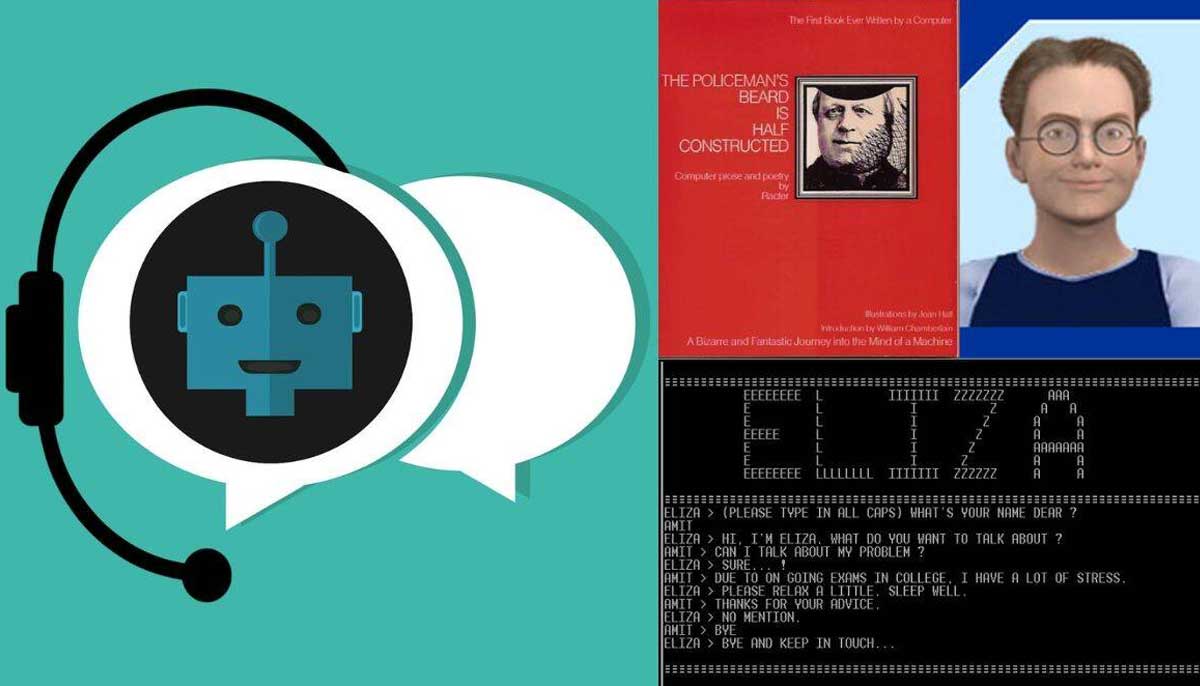
Similarly, in the world of artificial intelligence (AI)-powered chatbots, your questions are your magic wand, and mastering the art of asking the right questions — casting the right spell — can unlock the full potential or the magic of these tools and help you secure your future in a constantly evolving job market.
Chatbots, like ChatGPT and Bard, are computer programmes that use natural language processing to interact with people and provide answers to their questions.

They are becoming a more and more popular solution for those seeking quick answers without having to sift through pages of information. However, like in the wizarding world, the key to success with chatbots or magic wands lies in knowing how to ask the right questions or cast relevant spells.
As tech companies continue to automate jobs, the job market is rapidly changing, and students must adapt to stay ahead of the curve. By learning how to ask the right questions to chatbots, students can gain the skills necessary to succeed in this new job market and thrive in the AI age.
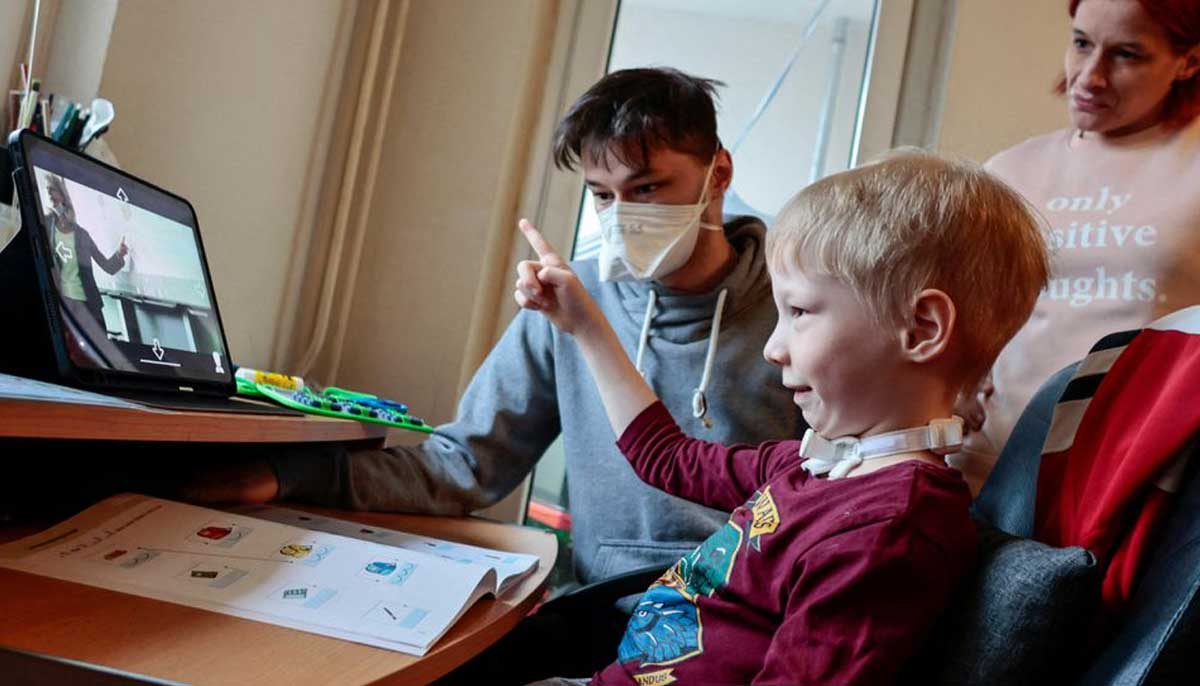
So, what makes a good question for a chatbot? The answer is simple — the more specific and targeted your question is, the more accurate the chatbot’s response will be. For example, instead of asking, “What is the Theory of Relativity?” a more specific question would be, “Explain the Theory of Relativity to a sixth-grade student.” This specificity helps the chatbot understand what information you’re seeking and provides a more relevant answer.
Like in the magical world of Harry Potter, the correct spell can make all the difference in defeating your enemies and achieving your goals.
In the same way, asking the right questions to chatbots can unlock their full potential and help you achieve your goals in the rapidly changing job market. Don’t fear the rise of AI and chatbots — embrace it. Your questions are the magic wand that can guide you in this new landscape and secure your future. By mastering the art of asking the right questions, students can become the Hermione Grangers of the job market.
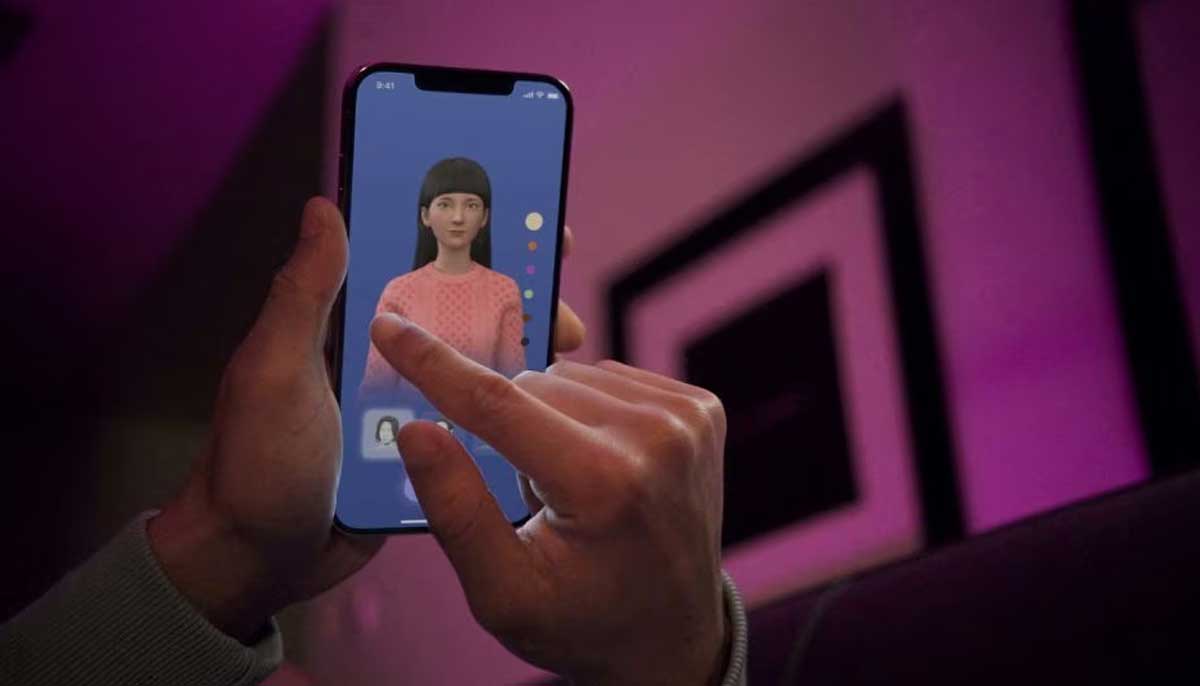
As parents and educators, however, it’s crucial to prepare students for the future job market where AI-powered chatbots play a significant role. To do this, educators must teach students how to ask the right questions to unlock the full potential of these tools, much like casting the perfect spell in the wizarding world. Here are five methods and examples to help students develop this skill:
Role-playing exercises
Encourage students to practice asking questions to a chatbot or virtual assistant through role-playing scenarios. For example, have students act as a customer asking questions to ChatGPT as a customer service chatbot. This exercise will teach students the importance of specificity and clarity in their questions and demonstrate the impact of these factors on the accuracy of the chatbot’s response, just like a wizard’s choice of words and pronunciation can determine the outcome of a spell.
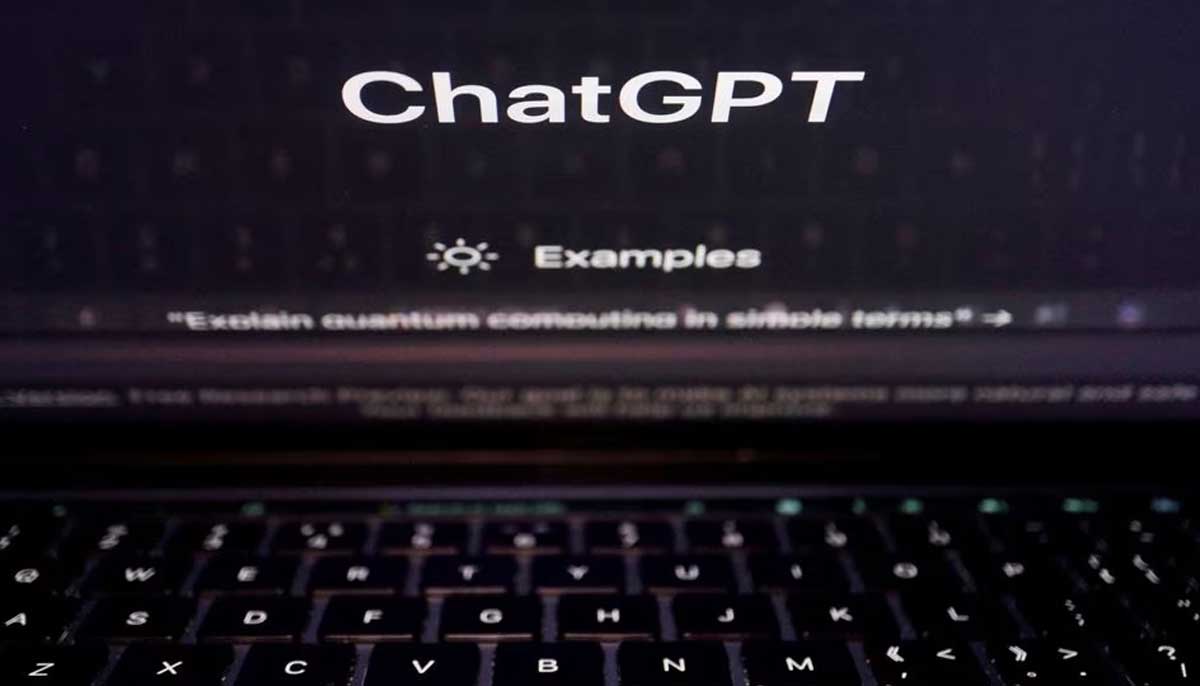
Group discussions and brainstorming
Facilitate group discussions where students share examples of good and bad questions and discuss why some questions are more effective than others. During these sessions, students can also brainstorm creative ways to ask more specific and targeted questions, just like discovering new and unique spells in the wizarding world.
Analysing real-world examples
Show students real-world examples of chatbot interactions, both excellent and poor, and have them analyse the questions asked and the responses given. It will help students understand the impact of their questions on the accuracy and usefulness of the chatbot’s response, just like a wizard evaluating the effectiveness of a spell.
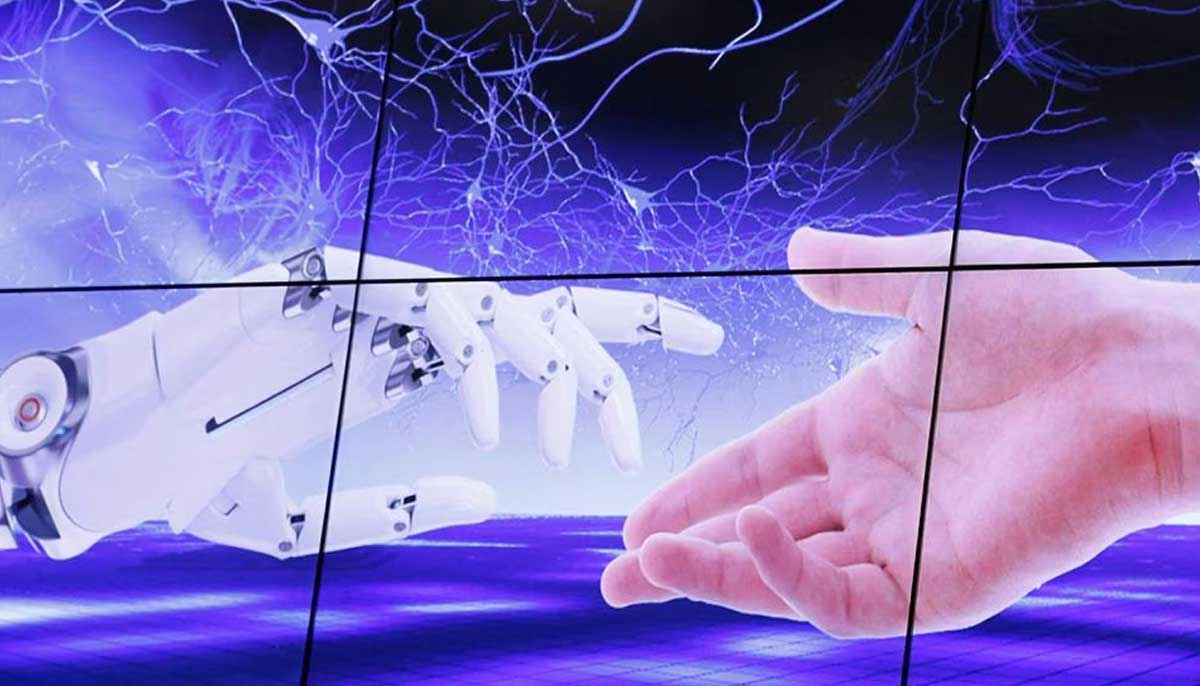
Incorporating technology
We must integrate technology into lessons to make learning about asking the right questions more interactive and engaging. For example, use virtual assistants and chatbots in the classroom to give students hands-on experience with these tools and provide immediate feedback on their questions, just like a wizard using their wand to cast spells in real-time.
Encouraging creativity
When asking questions, encourage students to think creatively and outside the box. By challenging students to think of unique and innovative ways to ask questions, they can be encouraged to think critically and develop problem-solving skills, just like a wizard inventing new spells creatively.
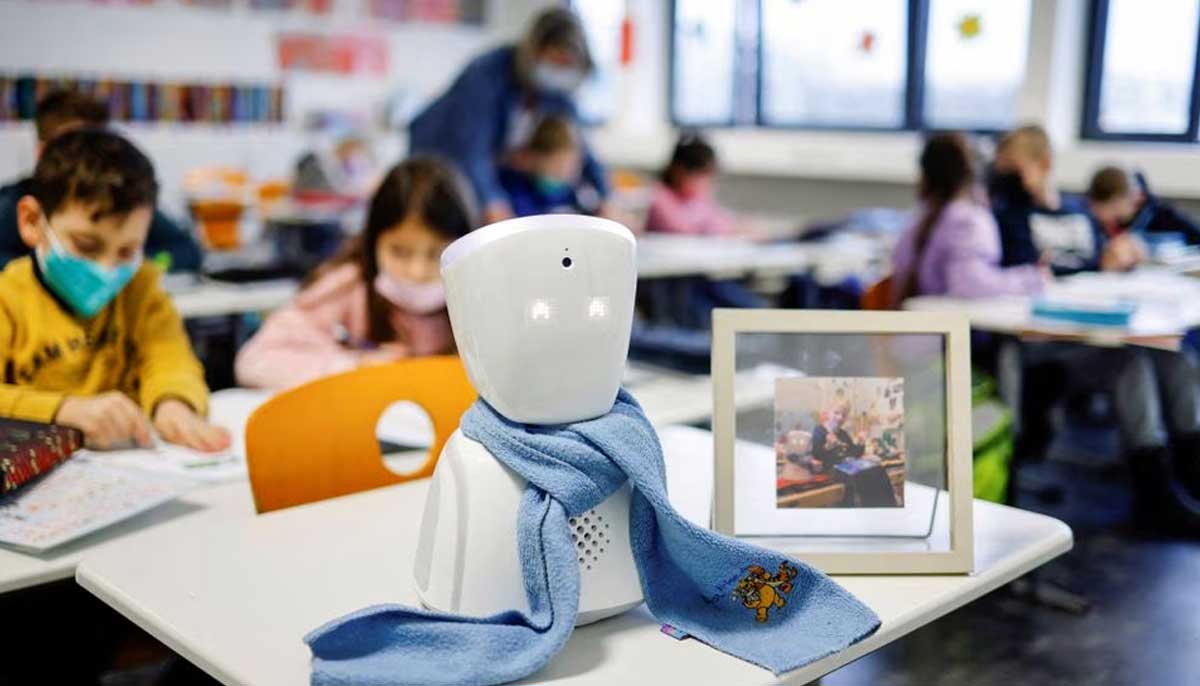
Incorporating these methods and examples into teaching will help students develop the critical skills they need to succeed in a world of AI-powered chatbots. By teaching students how to ask the right questions, educators can help them navigate the rapidly changing job market and thrive in the age of AI, just like a wizard mastering the art of casting the right spell at the right time.

Meet Najam Soharwardi, a Chevening Scholar and education advocate founded “Off The School” (OTS) to provide formal education to underserved communities.






